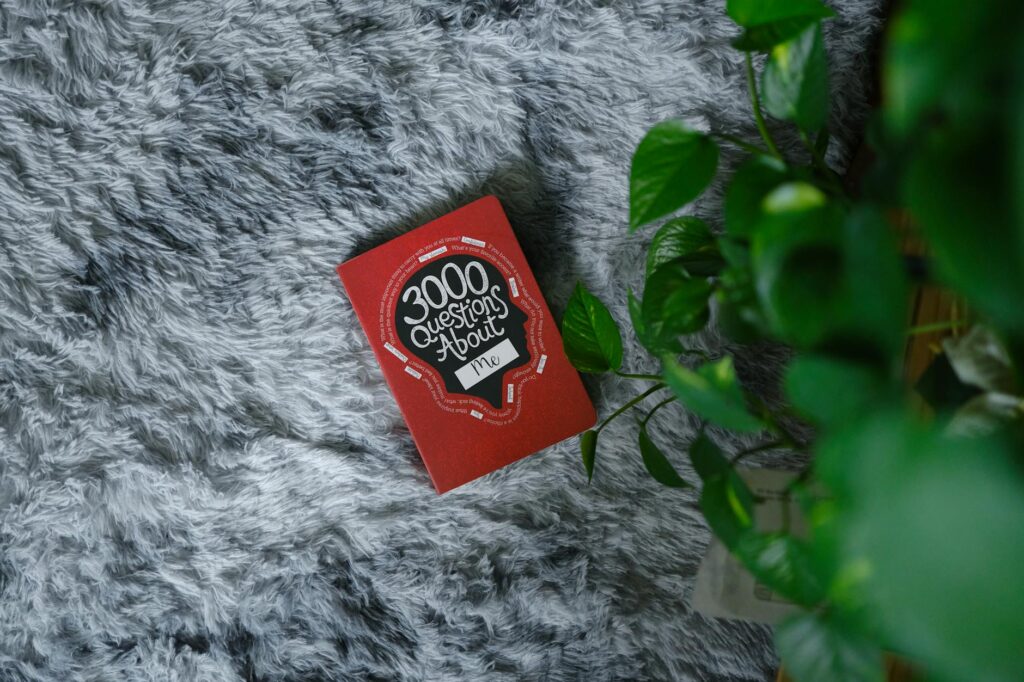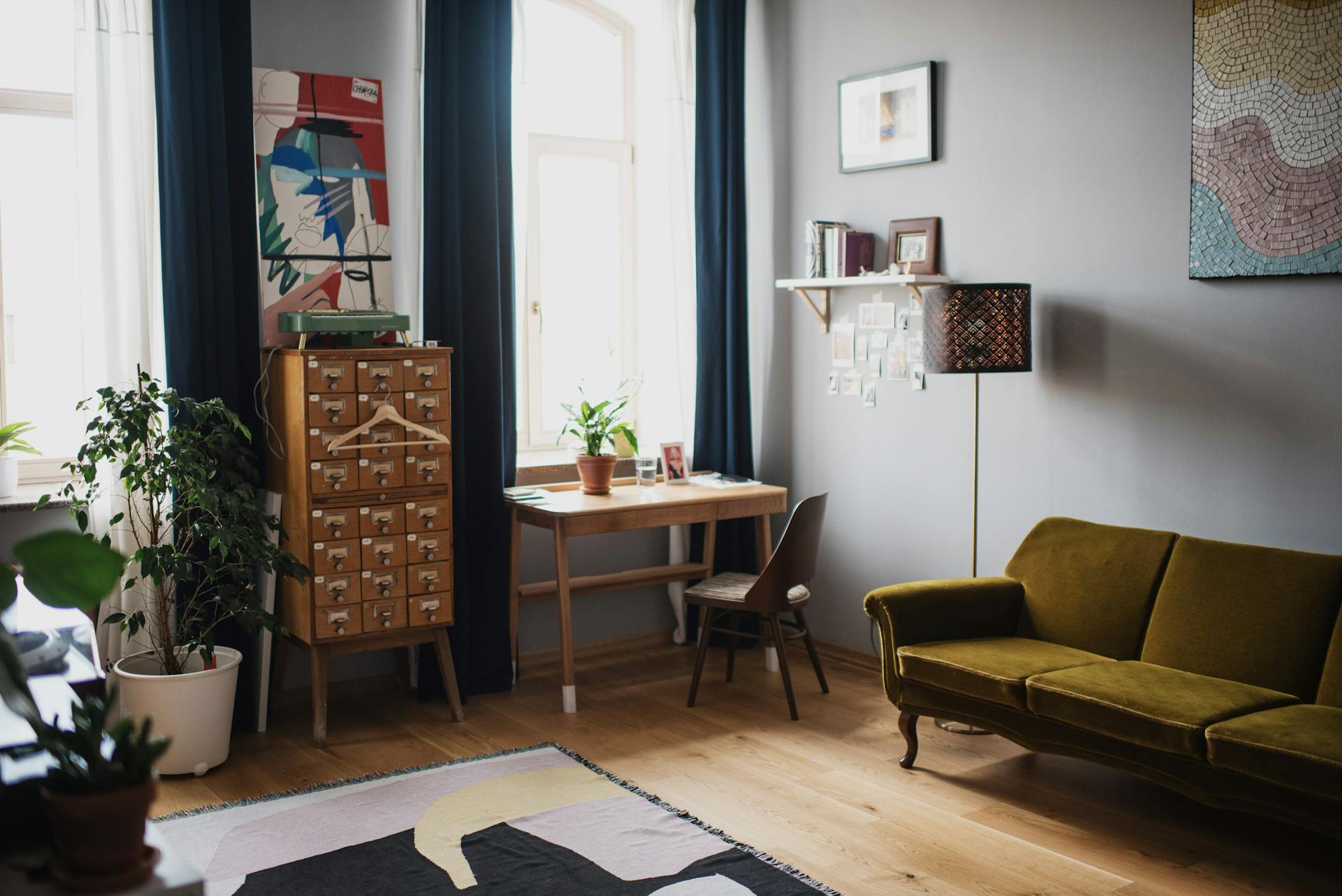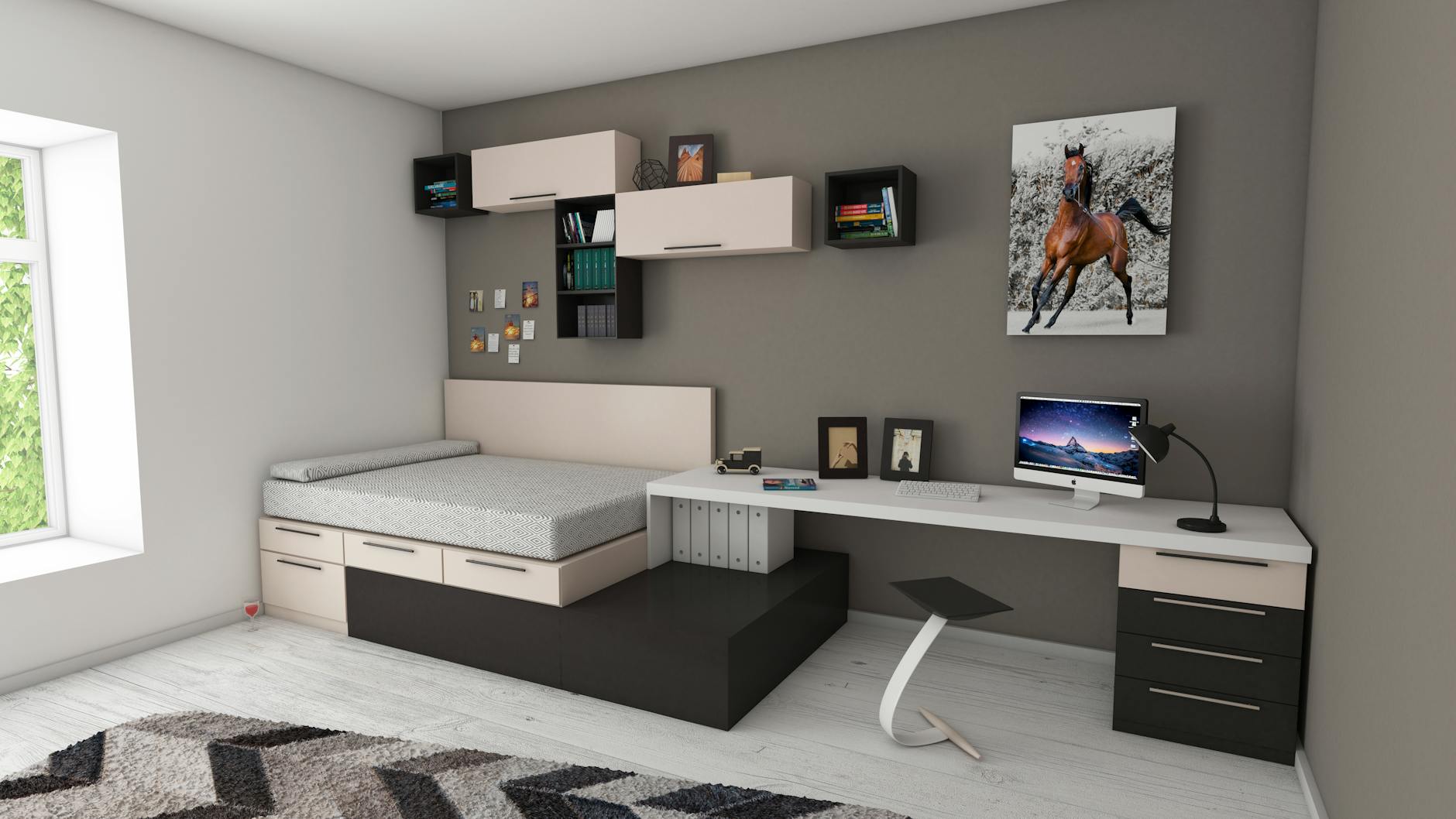With the increasing popularity of LED (Light Emitting Diodes) lighting in both residential and commercial settings, it’s no surprise that questions and misconceptions abound. LEDs offer numerous advantages over traditional lighting solutions, including energy efficiency, longevity, and versatility. In this blog post, an expert in the field answers the top 10 questions about LEDs to help you understand why they might be the right choice for your lighting needs.
What Are LEDs and How Do They Work?
LEDs are semiconductor devices that emit light when an electrical current passes through them. Unlike incandescent bulbs, which use a filament that burns out, LEDs last much longer because they produce light in a much more efficient and cooler manner. 
Why Are LEDs Considered Energy Efficient?
LEDs use at least 75% less energy than incandescent lighting, which means significant savings on your electricity bills. Additionally, because they generate less heat, they can reduce cooling costs in your home or office.
Can LEDs Improve the Quality of Light?
Absolutely. LEDs come in various color temperatures, allowing for customization of the ambiance in any space. From warm yellows to cool blues, the right LED can enhance the mood or functionality of a room.
Are LEDs Expensive?
The initial cost of LED lighting is higher than traditional bulbs. However, the long-term savings in energy consumption and replacement costs make them a more economical choice over time. There are also various rebate programs available to help offset the initial investment.
Do LEDs Contain Hazardous Materials?
Unlike fluorescent lamps that contain mercury, LEDs do not contain hazardous materials, making them safer for the environment and easier to dispose of or recycle.
How Long Do LEDs Really Last?
On average, LEDs can last up to 25,000 to 50,000 hours, which far exceeds the lifespan of traditional bulbs. This longevity significantly reduces the hassle and expense of frequent replacements.
Are There Different Types of LED Lighting?
Yes, the world of LED lighting is vast, including options like spotlights, floodlights, and soft glow bulbs. There are also specialized LEDs for unique applications, such as smart home systems and outdoor landscaping.
In conclusion, LEDs offer a versatile and efficient lighting solution for a wide range of applications. Whether you’re looking to save on energy costs, reduce your ecological footprint, or simply enhance the quality of light in your space, LEDs are worth considering. For additional information on making the switch to LED lighting, check out our comprehensive guide to LED lighting.
Frequently Asked Questions
Are LEDs dimmable? Yes, many LED options are compatible with dimming systems, allowing for further energy savings and ambiance control.
Can LEDs be used outdoors? Absolutely. There are many weatherproof and waterproof LED options specifically designed for outdoor use.
Do LEDs attract fewer insects? Yes, LEDs emit less UV light than traditional bulbs, making them less attractive to insects.
Can LEDs operate in cold temperatures? LEDs perform very well in cold settings, making them ideal for outdoor lighting in cold climates.
Is it hard to switch to LED lighting? Not at all. Most LED products are designed to fit existing light fixtures, making the switch straightforward and simple.





